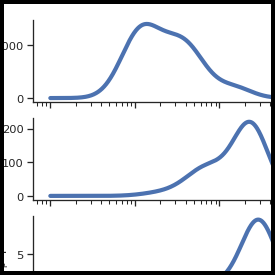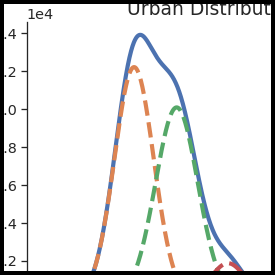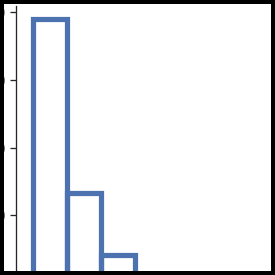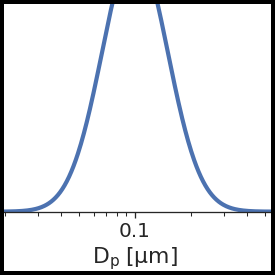opcsim: Simulating Optical Particle Sensors¶
opcsim is a Python library for simulating the response of low-cost optical particle sensors (OPS’s) to various aerosol distributions to better understand the sources of error and limitations of these devices. It provides an easy-to-use API for building simple OPC and Nephelometer models as well as model and visualize aerosol distributions.
For more information, please read our paper available in Atmospheric Measurement Techniques.
To view the source code or report a bug, please visit the github repository.
Features
Simulate optical particle counters
Simulate nephelometers
Understand how particle sensors react to changes in aerosol size and composition
Easily visualize aerosol distirbutions
Abstract
Low-cost sensors for measuring particulate matter (PM) offer the ability to understand human exposure to air pollution at spatiotemporal scales that have previously been impractical. However, such low-cost PM sensors tend to be poorly characterized, and their measurements of mass concentration can be subject to considerable error. Recent studies have investigated how individual factors can contribute to this error, but these studies are largely based on empirical comparisons and generally do not examine the role of multiple factors simultaneously. Here, we present a new physics-based framework and open-source software package (opcsim) for evaluating the ability of low-cost optical particle sensors (optical particle counters and nephelometers) to accurately characterize the size distribution and/or mass loading of aerosol particles. This framework, which uses Mie Theory to calculate the response of a given sensor to a given particle population, is used to estimate the relative error in mass loading for different sensor types, given variations in relative humidity, aerosol optical properties, and the underlying particle size distribution. Results indicate that such error, which can be substantial, is dependent on the sensor technology (nephelometer vs. optical particle counter), the specific parameters of the individual sensor, and differences between the aerosol used to calibrate the sensor and the aerosol being measured. We conclude with a summary of likely sources of error for different sensor types, environmental conditions, and particle classes, and offer general recommendations for choice of calibrant under different measurement scenarios.
To cite this work, please use the following:





